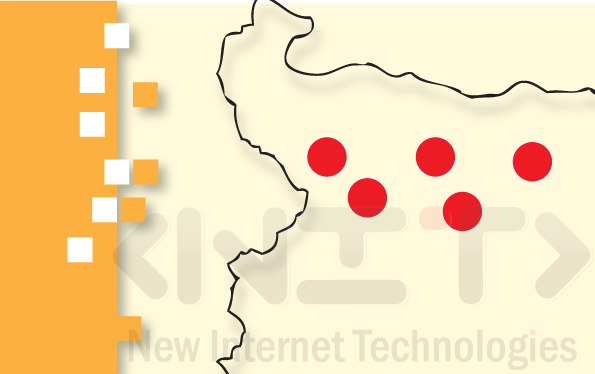Cataloging System For Municipalities

 The history and the culture of each nation are unique. They determine the nation’s significance and importance not only in regional but also in international aspect. Unfortunately, some processes, such as urbanization and vandalism, jeopardize the existence of many movable cultural heritage items and monuments. Certain mechanisms and standards need to be developed to facilitate the preservation of the cultural heritage. The information system for cataloging the variety of items, that the cultural heritage consists of, is a good start.
The history and the culture of each nation are unique. They determine the nation’s significance and importance not only in regional but also in international aspect. Unfortunately, some processes, such as urbanization and vandalism, jeopardize the existence of many movable cultural heritage items and monuments. Certain mechanisms and standards need to be developed to facilitate the preservation of the cultural heritage. The information system for cataloging the variety of items, that the cultural heritage consists of, is a good start.
Purpose
The cataloging system for municipalities is used to systemize the data about the cultural and the historical heritage in the regions: ruins, monuments, buildings, sculptures, drawings, inscriptions, etc.
Use
The product could be incorporated in the work of the municipalities to be used by:
• mayors;
• municipality administration staff;
• regional administration staff;
• municipality inspectorates;
• municipal enterprises and other structures;
• tourist agencies and tour guides;
• Bulgarian and international tourists;
• municipal and regional museums and other cultural institutions;
• scientists, cultural activists, public figures;
• students and tutors.
Brief description
The cataloging system enables the searching and displaying of different items by one or more criteria, chosen by the user – location, period, age, category, collection, etc. Also, the search settings can always be adjusted, according to the users’ preferences.
Additionally, the items could be gathered into groups, based on different criteria searches. In those groups the items could have individual inscriptions and connections between each other. In that way they could easily be presented in the form of slide show or route.
The platform allows the creation of additional connections, related to the following features: locations, organizations, notes.
Results
With the help of the system the following results could be achieved:
• more effective administration and popularization of the cultural and historical heritage of the region;
• increasing the interest towards the cultural and historical heritage of the region and the importance of its preservation;
• creating cultural and tourist routes;
• enhancing the quality of the tourist services;
• increasing the number of the tourists and therefore, the income for the local and tourist business.